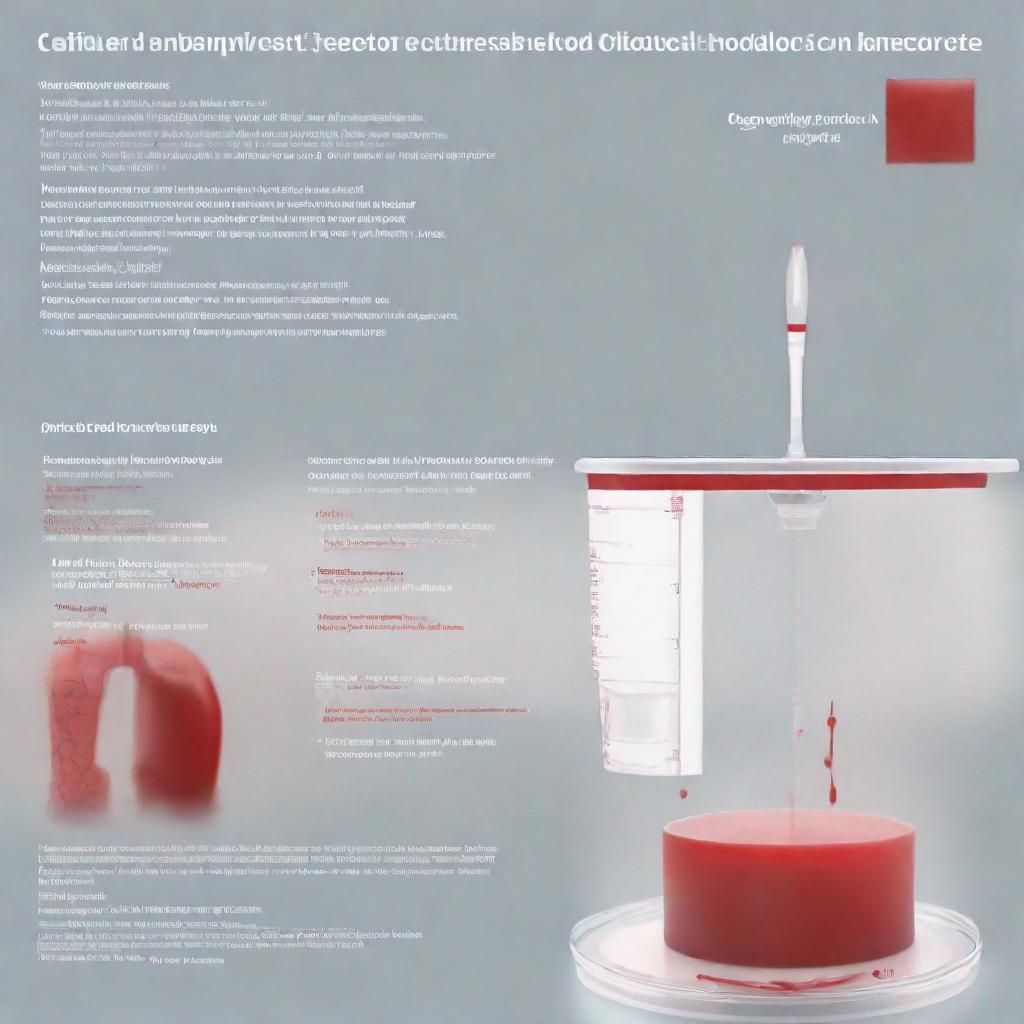## Blood Culture: A Critical Test for Detecting Infections
### Introduction
A blood culture is a medical test that examines a sample of blood for the presence of bacteria or fungi. It is a crucial tool in diagnosing infections, guiding treatment decisions, and preventing their spread.
### Procedure
Blood cultures are typically performed by a nurse or phlebotomist. They involve the following steps:
– **Blood draw:** Blood is drawn from a vein in the arm using a sterile needle and syringe.
– **Venipuncture:** The needle is inserted into the vein, and blood is withdrawn into a vacuum tube.
– **Inoculation:** The blood is then inoculated into bottles or vials containing sterile media that support bacterial or fungal growth.
– **Incubation:** The bottles are incubated in a controlled environment to allow any present microorganisms to grow and multiply.
– **Gram staining:** If bacteria are suspected, a Gram stain is performed on the growing bacteria to differentiate them into Gram-positive or Gram-negative.
– **Antimicrobial susceptibility testing:** If the culture becomes positive, antibiotics are tested to determine which ones are effective against the identified bacteria or fungi.
### Diagnosis
Blood cultures can help identify infections involving the bloodstream, including:
– **Sepsis:** A life-threatening condition caused by an infection in the bloodstream.
– **Bacteremia:** The presence of bacteria in the bloodstream.
– **Fungemia:** The presence of fungi in the bloodstream.
– **Endocarditis:** An infection of the heart valves.
– **Osteomyelitis:** An infection of the bone.
– **Meningitis:** An infection of the membranes surrounding the brain and spinal cord.
– **Pneumonitis:** An infection of the lung tissue.
– **UTI (Urinary Tract Infection):** An infection of the urinary tract, including the bladder, urethra, and kidneys.
– **Intra-abdominal infection:** An infection within the abdomen.
– **Skin and soft tissue infection:** An infection of the skin and underlying tissues.
### Importance
Blood cultures play a vital role in diagnosing infections, as they can identify the specific microorganisms causing the infection. This information is essential for:
– **Guiding treatment:** Identifying the specific bacteria or fungi responsible for the infection allows doctors to prescribe the most effective antibiotics or antifungal medications.
– **Preventing spread:** Early diagnosis and treatment of bloodstream infections can help prevent their spread to other organs and tissues.
– **Monitoring response:** Blood cultures can be repeated over time to monitor the effectiveness of treatment and determine when it can be discontinued.
### Alternatives
In some cases, alternative tests may be used instead of or in conjunction with blood cultures. These include:
– **Urine culture:** Examining a sample of urine for bacteria.
– **Sputum culture:** Examining a sample of sputum for bacteria.
– **Wound culture:** Examining a sample of tissue or fluid from a wound for bacteria.
### Preparation
No special preparation is typically required for a blood culture. However, it is important to inform your doctor about any antibiotics or antifungal medications you are taking, as these can affect the test results.
### Duration
The blood culture process can take several days to complete. The time it takes for the bacteria or fungi to grow in the culture medium varies depending on the type of microorganism. Results are usually available within 24 to 72 hours, but may take longer in some cases.
### Recommendations
If you are experiencing symptoms suggestive of a bloodstream infection, such as fever, chills, or confusion, it is important to seek medical attention promptly. A blood culture is a valuable test that can help identify the cause of your infection and guide appropriate treatment.
Other relevant tests that may be recommended in conjunction with or following a blood culture include:
– **Complete blood count (CBC):** To assess the overall health of your blood and identify any signs of infection.
– **C-reactive protein (CRP) test:** To measure inflammation in the body, which can indicate an infection.
– **Procalcitonin test:** To help differentiate between bacterial and viral infections.
– **Imaging studies (e.g., X-ray, CT scan):** To visualize the location of the infection.




